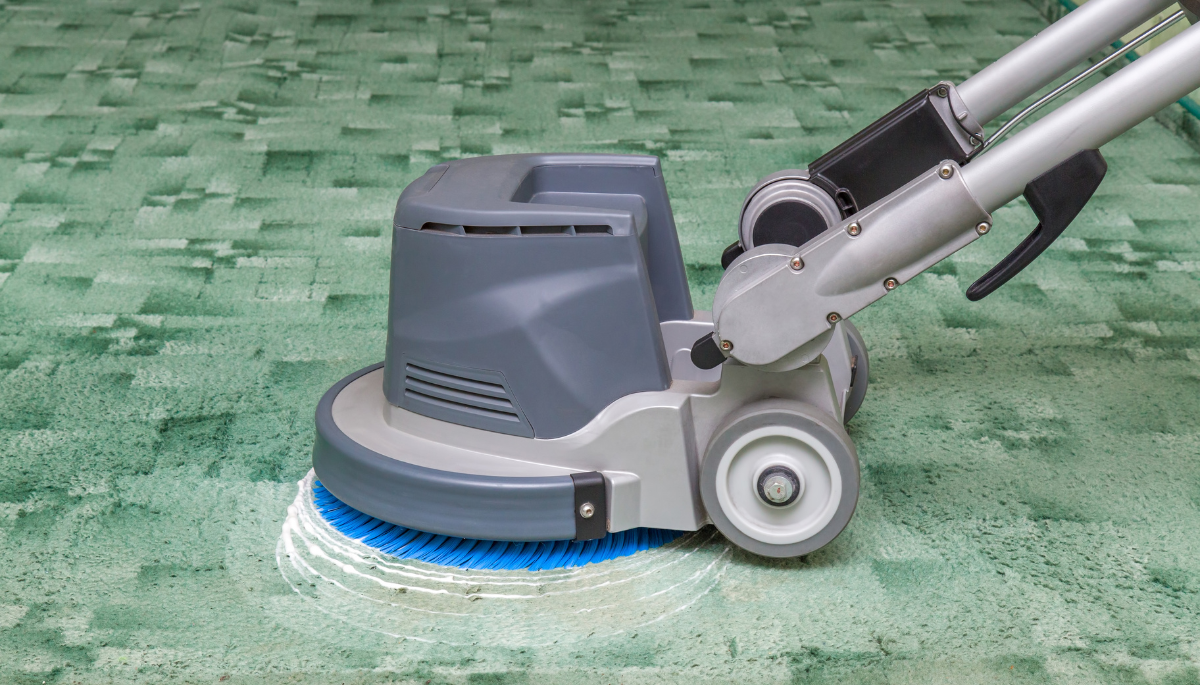Is Your Janitorial Provider Falling Behind?
Understanding What “Clean” Really Means
There are times when it’s clear your cleaning service isn’t meeting expectations—but other
times, the signs are more subtle. This article will help you define clear, practical standards for
cleanliness and give you a plan of action if your janitorial partner isn’t holding up their end of
the deal.
Getting on the Same Page – What Does “Clean” Mean to You?
If you were to ask several people to explain what “clean” looks like, you’d probably get a wide variety of answers. It’s a highly personal concept—much like asking someone to describe “nice” or “professional.” That’s exactly why relying on vague definitions can lead to frustration when managing a commercial cleaning contract.
To avoid this confusion, your best bet is to use a well-defined scope of work. This document should lay out what tasks are required, in which areas (conference rooms, bathrooms, kitchens, etc.), and how often they need to be completed.
Once your scope is finalized, it becomes a shared reference point for both you and your cleaning team. Regular walkthroughs or inspections can then be used to confirm that the outlined tasks are being completed consistently and thoroughly.
Evaluating the Service – What Should You Measure?
Because “clean” means different things to different people, the best way to assess performance is with measurable data. Below are three useful ways to track how well your janitorial service is doing:
1. Complaint Log: One of the simplest signs of trouble is an increase in complaints. Things like “there’s no soap in the restroom” or “my trash hasn’t been taken out in days” are indicators that something’s being missed. Maintain a running list—email works great—to track how often these issues pop up.
2. Service Response Time: Whether it’s a phone call or an email, your provider should
respond to issues quickly. Track how long it takes from the moment you report a problem to the moment it gets fixed. A pattern of slow responses may signal a deeper issue.
3. Inspection Results: Ask your cleaning company to carry out routine quality checks. These inspection reports help you stay informed and give both sides a chance to address small issues before they become bigger problems. These tracking tools are easy to implement and offer a clear way to hold your cleaning team accountable.
When It’s Not Working – What Steps Should You Take?
Even with clear instructions and regular monitoring, there may be times when your cleaning vendor isn’t delivering. When that happens, consider these three steps:
1. Talk It Through: Set up a meeting and come prepared with specific concerns. Questions like, “What’s causing delays in issue resolution?” or “Why are we seeing so many different faces cleaning our space?” can open the door to honest answers and solutions.
2. Clarify Expectations: Go back over your original scope and let your vendor know
exactly where improvements are needed. Set a clear timeline for when and how those
improvements should take place.
3. Explore Other Vendors: If the problems persist, it may be time to move on. Begin
researching other janitorial providers, set up meetings, and gather detailed service
proposals. Be sure to communicate the change internally so your team is informed and prepared.
By taking a structured approach—starting with clear expectations, using measurable
performance checks, and being willing to explore other options—you can make sure your facility stays clean, efficient, and problem-free. Your janitorial service should make your job easier, not
harder.






